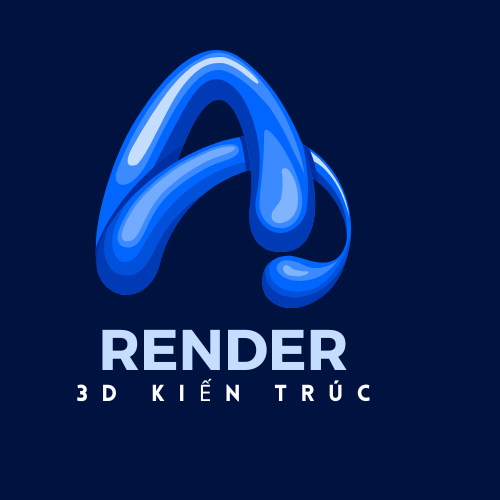international enterprises, telecommunication titans, and cutting-edge commercial frameworks. This intricate network generated in excess of 4.5B EUR annually across the 2023-2025 timeframe, with sponsorship contributions accounting for over a quarter of aggregate income per GlobalData’s assessment[1][10][11]. https://income-partners.net/
## Core Revenue Pillars
### Premium Competition Backing
The UEFA Champions League functions as the financial linchpin, securing twelve multinational backers including Heineken (€65M/year)[8][11], PlayStation (€55M/year)[11], and Qatar Airways[3]. These agreements collectively contribute over half a billion euros annually through federation-level arrangements[1][8].
Significant partnership shifts include:
– Sector diversification: Transitioning beyond alcoholic beverages toward financial technology leaders[2][15]
– Territory-specific agreements: Tech-driven advertising solutions throughout growth economies[3][9]
– Gender-equitable sponsorship: PlayStation’s parallel strategy spanning men’s and women’s tournaments[11]
### Television Revenue Leadership
Broadcast partnership deals represent the majority financial component, producing €2,600 million annually from Europe’s elite competition[4][7]. Euro 2024’s broadcast rights exceeded previous records through partnerships across five continents[15]:
– British public broadcasters securing historic ratings[10]
– Qatari-owned sports network[2]
– Wowow (Japan)[2]
Innovative developments include:
– Streaming platform penetration: DAZN’s €1.5B bid[7]
– Hybrid distribution models: Simulcasting matches via broadcast and online avenues[7][18]
## Financial Distribution Mechanics
### 1. Club Compensation Models
European football’s financial ecosystem channels the overwhelming majority of profits to stakeholders[6][14][15]:
– Performance-based rewards: Champions League winners receive up to €120M[6][12]
– Development grants: €230M annually for lower-tier teams[14][16]
– Market pool allocations: English top-flight teams gained over a billion in domestic deals[12][16]
### 2. National Association Funding
The HatTrick programme distributes two-thirds of championship revenue via:
– Infrastructure projects: German accessibility enhancements[10][15]
– Youth academies: Bankrolling talent pipelines[14][15]
– Women’s football investments: €41M prize pool[6][14]
## Emerging Challenges
### Revenue Gaps
The Premier League’s €7.1B revenue substantially exceeds continental rivals’ earnings[12], creating sporting inequality. Monetary control policies attempt to bridge this divide via:
– Salary limitation frameworks[12][17]
– Transfer market reforms[12][13]
– Enhanced solidarity payments[6][14]
### Moral Revenue Dilemmas
Although producing unprecedented commercial revenue[10], numerous club partners constitute wagering firms[17], igniting:
– Public health debates[17]
– Government oversight[13][17]
– Supporter resistance[9][17]
Forward-thinking teams are shifting to ESG-aligned partnerships such as:
– Climate action programs partnering green tech companies[9]
– Local engagement projects funded by banking institutions[5][16]
– Digital literacy collaborations alongside software giants[11][18]
